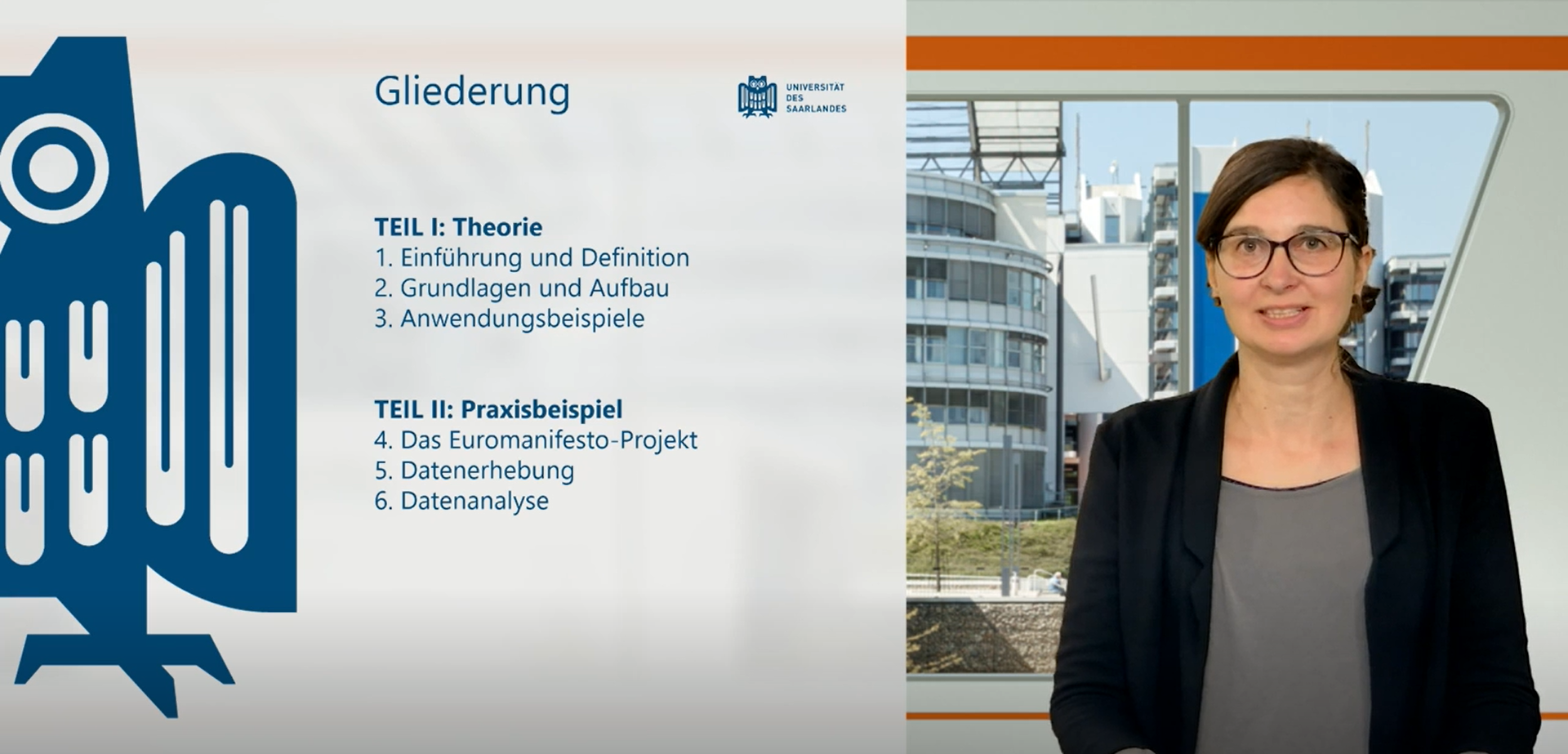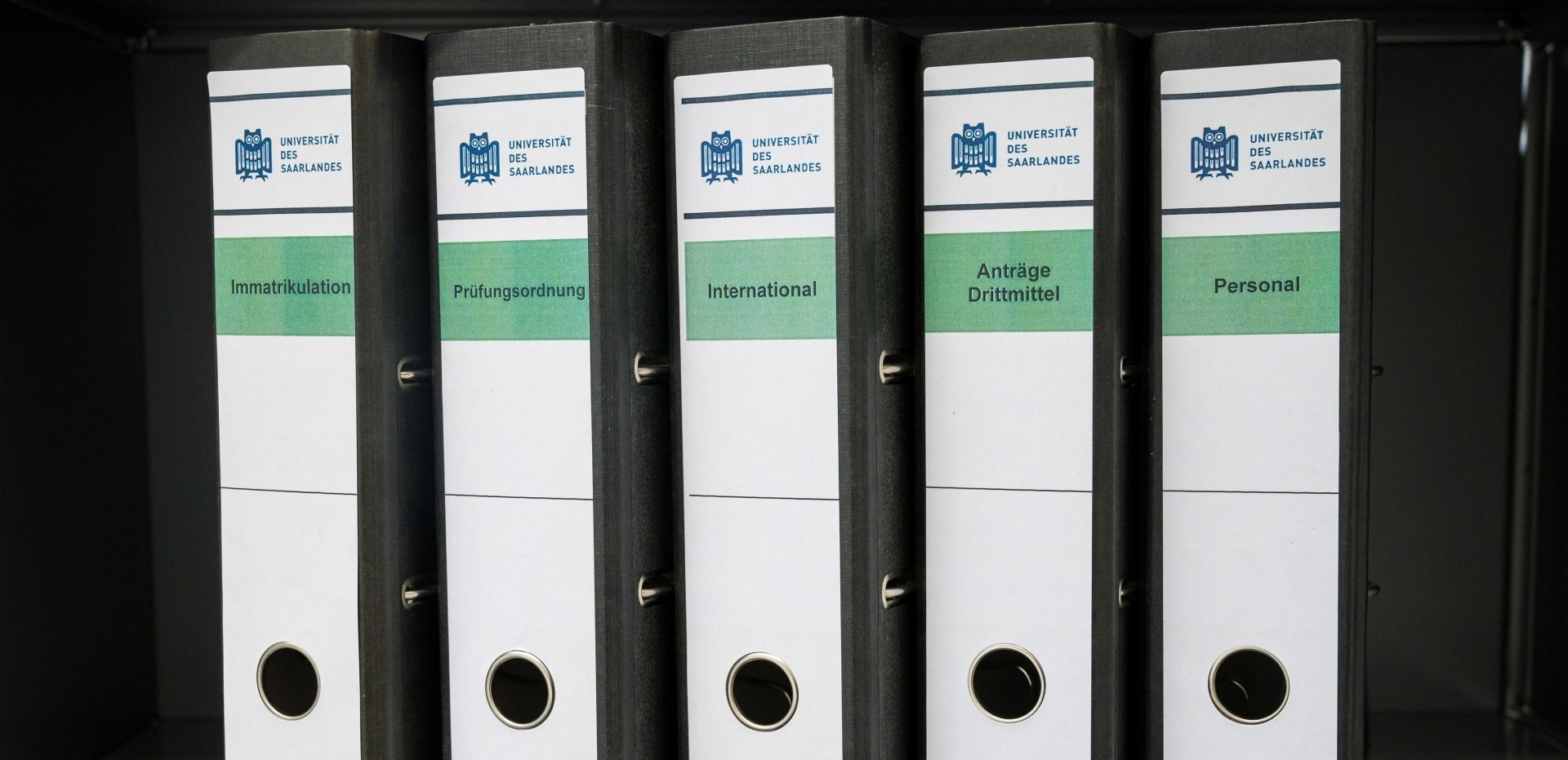Euromanifestos
The Euromanifesto project emerged from the Comparative Manifesto Project (CMP). The aim of the Euromanifesto project is to collect and analyze the Euromanifestos (party programs) of all relevant political parties and European groups from all EU member states that participate in European Parliament elections. The analysis of election programs aims to measure the political positions and issue priorities of political parties by means of a uniform analytical framework. Party manifestos set out the political ideas and goals of the parties. They are authoritative publications and represent the positions of the entire party and not just those of one faction or individual politicians. Although few voters actually read party manifestos, their contents are usually disseminated through the mass media. Consequently, they are a reliable medium for identifying the core positions of political parties.
The Euromanifesto data sets as well as the Euromanifesto documents are available here:
- European Parliament Election Study 1979-2019: Carteny, Giuseppe, Reinl, Ann-Kathrin, Braun, Daniela, Popa, Sebastian A., & Schmitt, Hermann (2023). European Parliament Election Study 1979-2019, Euromanifesto Study. GESIS, Cologne. ZA5102 Data file Version 3.0.0, https://doi.org/10.4232/1.14120.
- Euromanifesto data 2019: Reinl, Ann-Kathrin, & Braun, Daniela (2023). European Election Studies 2019: Manifesto Project. GESIS, Köln. ZA7891 Datenfile Version 1.0.0, https://doi.org/10.4232/1.13976.
- Euromanifesto documents 2019: Braun, Daniela, & Reinl, Ann-Kathrin (2022). European Parliament Elections – Euromanifesto Study (Documents 2019). GESIS, Köln. ZA7892 Datenfile Version 1.0.0, https://doi.org/10.4232/1.13977.
- Euromanifesto data 1979-2014: Schmitt, Hermann, Daniela Braun, Sebastian A. Popa, Slava Mikhaylov & Felix Dwinger (2018): European Parliament Election Study 1979-2014, Euromanifesto Study. GESIS Data Archive, Cologne. ZA5102 Data file Version 2.0.0, doi:10.4232/1.12830.
- Euromanifesto documents 1979-2014: Mannheimer Zentrum für Europäische Sozialforschung (2021): European Parliament Elections – Euromanifesto Study (Documents 1979 - 2014). GESIS Datenarchiv, Köln. ZA5163 Datenfile Version 1.0.0, https://doi.org/10.4232/1.5163.

New publication by Prof. Daniela Braun: "Text analysis of party manifestos"
This chapter provides insights into the traditional approach of estimating party preferences, that is, text analysis of party manifestos. Party manifestos, which reflect the official preferences that a party assumes on specific issues, have been scrutinised by numerous scholars of party competition. This contribution focuses on data from the MARPOR and the Euromanifestos projects, which can be considered as the two core long-term manifesto research projects covering national and European levels of governance, respectively. This chapter describes the method and data of the two manifesto projects and offers some pertinent examples of scholarly work. Moreover, it discusses the merits and limitations of manifesto data. The chapter concludes with an overview of the avenues for future manifesto research.

Guest lecture on the topic of "Content Analysis" at FernUni Hagen
Prof. Dr. Daniela Braun gave a guest lecture on "Content Analysis" at FernUni Hagen.
The lecture is available under the following links: Part 1 and Part 2.
The guest lecture is based on the following publication: Braun, Daniela (2020): Inhaltsanalyse. In: Tausendpfund, Markus (ed.): Fortgeschrittene Analyseverfahren in den Sozialwissenschaften. Wiesbaden: Springer VS, pp. 301-334.

The Euromanifesto 2019 dataset is online
We are very pleased to announce that the 2019 Euromanifesto (EM) Project dataset is now published and available on GESIS (ZA7891)!
It is the fifth project phase of the overall 1979-2019 EM Project, which emerged from the Comparative Manifesto Project (CMP). The aim of the Euromanifesto project is to collect and analyze the euromanifestos (party programs) of all relevant political parties and European groups from all EU member states that participate in European Parliament elections. The analysis of election programs aims to measure the political positions and issue priorities of political parties by means of a uniform analytical framework. Party manifestos set out the political ideas and goals of the parties. They are authoritative publications and represent the positions of the entire party and not just those of one faction or individual politicians. Although few voters actually read party manifestos, their contents are usually disseminated through the mass media. Consequently, they are a reliable medium for identifying the core positions of political parties.
The 2019 wave of the Euromanifesto project contains 221 manifestos, which were analyzed by trained coders using a two-step coding procedure (unitizing and coding). Unitizing refers to the breaking down of a larger text into smaller units, so-called quasi-sentences. In the second step, each of these units of meaning was assigned its own category from the Euromanifestos Coding Scheme (EMCS). The EMCS V used in the current wave contains nine domains with different categories and occasional subcategories. Each category includes related topics so that changes over time can be measured across parties and countries. Thus, the coding procedure includes quantification (How many statements do the parties make?) and classification (What kind of statements do the parties make?) of party programs. The final step of the coding process is evaluation: each coder is asked to evaluate the content of a given manifesto after unifying and classifying it.

